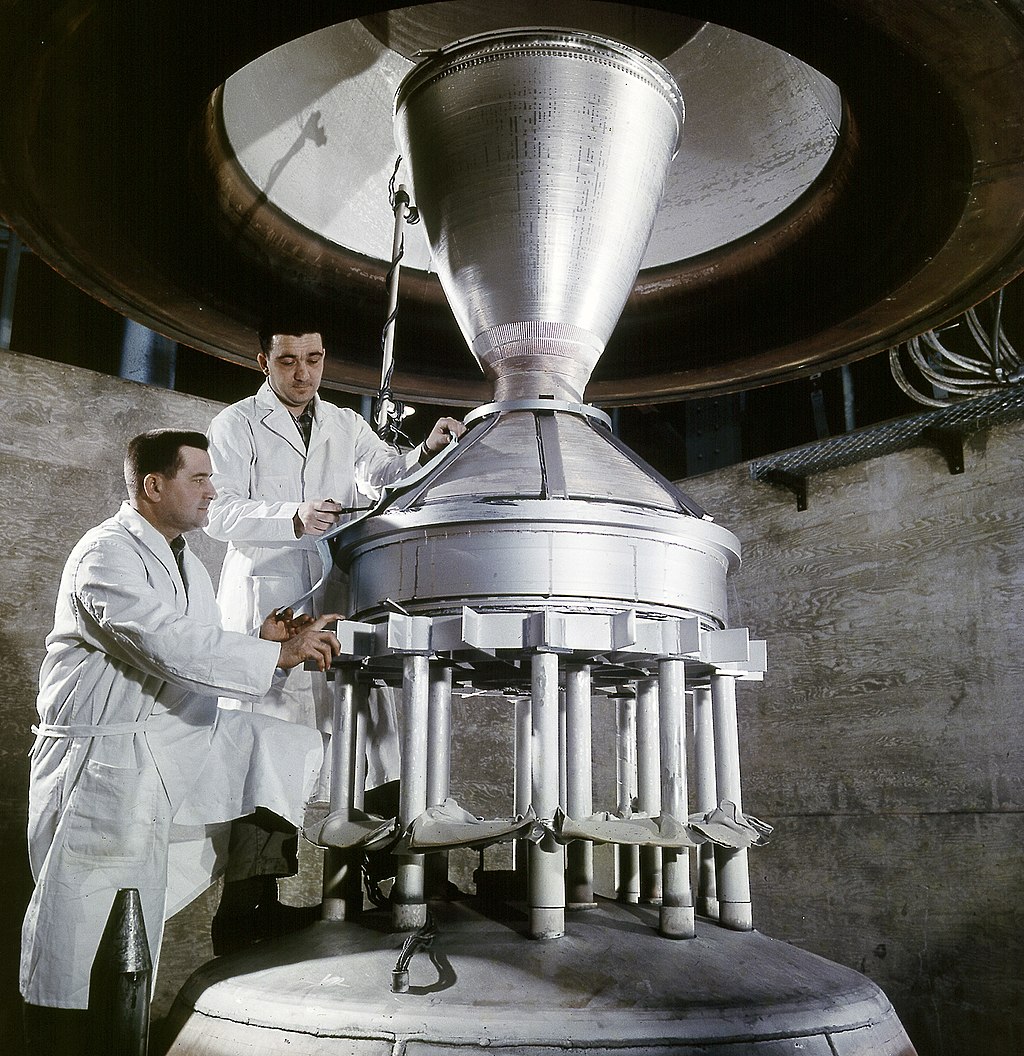USA's NERVA Program: Pioneering Nuclear Thermal Rocket Propulsion
Introduction

In the midst of the space race during the Cold War, the United States embarked on an ambitious project that would redefine space exploration: the Nuclear Engine for Rocket Vehicle Application (NERVA) program. This groundbreaking initiative aimed to harness the power of nuclear energy to propel spacecraft into the cosmos. In this article, we will delve into the history, technology, and legacy of the USA's NERVA program.
A Bold Vision
The NERVA program, initiated in the late 1950s and led by the U.S. Atomic Energy Commission (AEC) in collaboration with NASA, was conceived as a response to the challenges of deep space exploration. Conventional chemical rockets had limitations in terms of energy efficiency, making them ill-suited for missions to distant planets and beyond. NERVA aimed to overcome these limitations by using nuclear thermal propulsion.
The Nuclear Thermal Rocket
The key innovation behind NERVA was the nuclear thermal rocket (NTR). Unlike traditional chemical rockets that rely on the combustion of propellants, NTRs used a nuclear reactor to heat a propellant, typically liquid hydrogen. This superheated propellant was expelled at high velocities through a rocket nozzle to produce thrust.
The advantages of NTRs were clear:
- Exceptional Efficiency: Nuclear thermal rockets could achieve much higher specific impulse (a measure of propulsion efficiency) compared to chemical rockets, enabling faster and more efficient space travel.
- Greater Payload Capacities: The improved efficiency meant that NERVA-powered spacecraft could carry larger payloads, making them ideal for deep space exploration missions.
- Reduced Travel Times: NTRs could dramatically reduce the travel time to distant celestial bodies, opening up new possibilities for scientific exploration and manned missions to Mars and beyond.
The NERVA Program in Action
The NERVA program progressed through several phases, with the development and testing of various nuclear engines. The NRX (Nuclear Rocket Experimental) and Pewee engines were among the notable milestones in the program. These engines underwent extensive ground testing at the Nuclear Rocket Development Station in Nevada, showcasing the feasibility and safety of nuclear thermal propulsion.
One of the most notable tests was the Kiwi-TNT (Test Nuclear Rocket) project. The Kiwi-TNT tests successfully demonstrated the core concepts of NERVA technology and provided valuable data for the development of flight-ready engines.
Challenges and Cancellation
Despite its promising advancements, the NERVA program faced significant challenges. Safety concerns regarding nuclear propulsion technology and budgetary constraints led to a shift in priorities. As the Cold War evolved and the focus shifted to other space endeavors, the NERVA program gradually lost funding and was officially canceled in the early 1970s.
Legacy and Future Prospects
Although the NERVA program did not result in a flight-ready nuclear thermal rocket, it left a lasting legacy. The research and development conducted under NERVA laid the groundwork for future advancements in nuclear propulsion technology.
Today, there is renewed interest in nuclear thermal propulsion for space exploration. NASA and other space agencies are exploring the potential of NTRs for crewed missions to Mars and beyond. Advances in materials science, safety protocols, and nuclear technology have rekindled the dream of using nuclear propulsion to unlock the mysteries of the cosmos.
Conclusion
The USA's NERVA program was a testament to human ingenuity and ambition. While it did not lead to a launch-ready nuclear-powered spacecraft, it significantly advanced our understanding of nuclear thermal propulsion and set the stage for future exploration beyond Earth's orbit. As space agencies and private companies continue to explore the possibilities of nuclear propulsion, NERVA's legacy lives on, offering hope for a future where nuclear thermal rockets propel humanity deeper into the cosmos.

